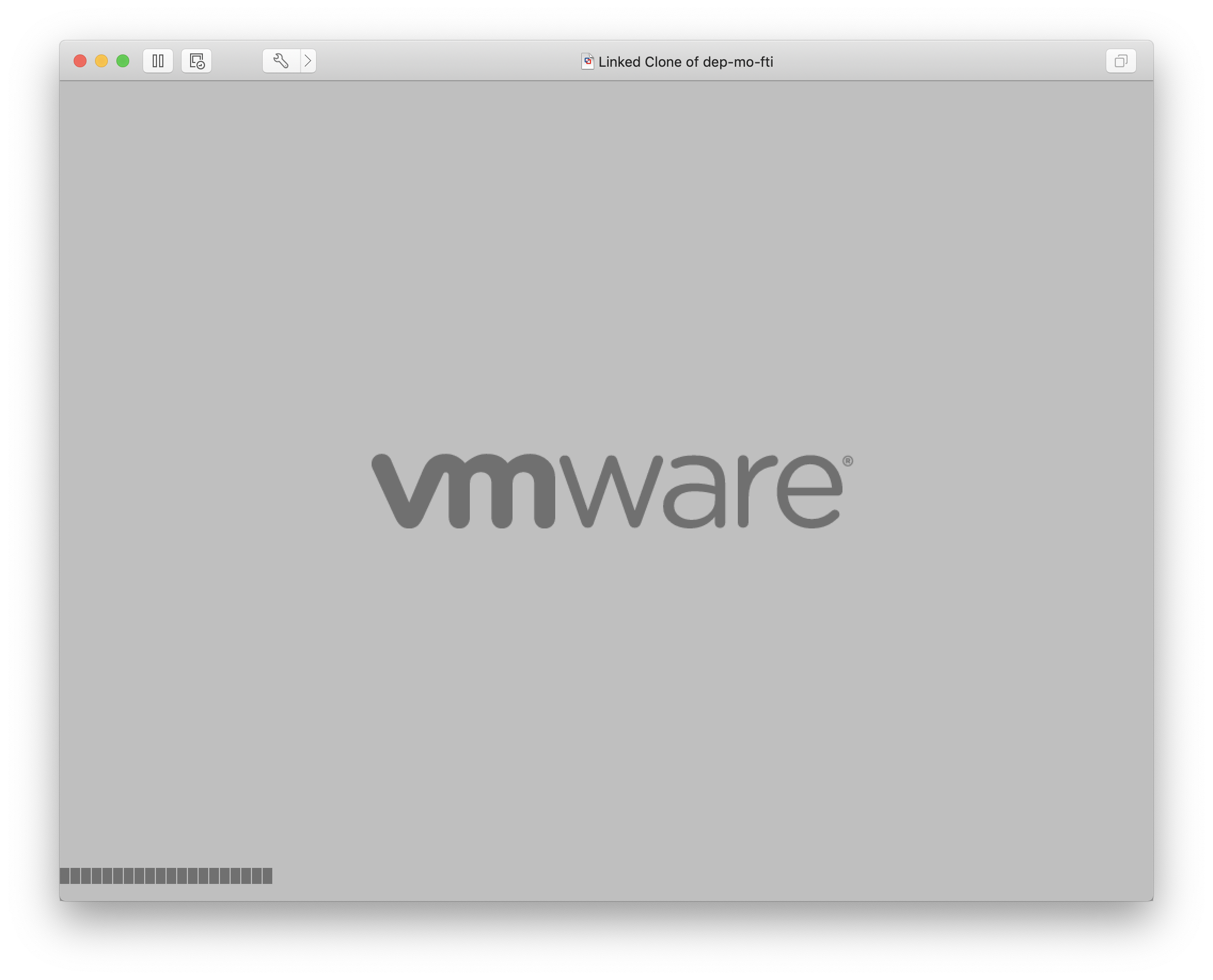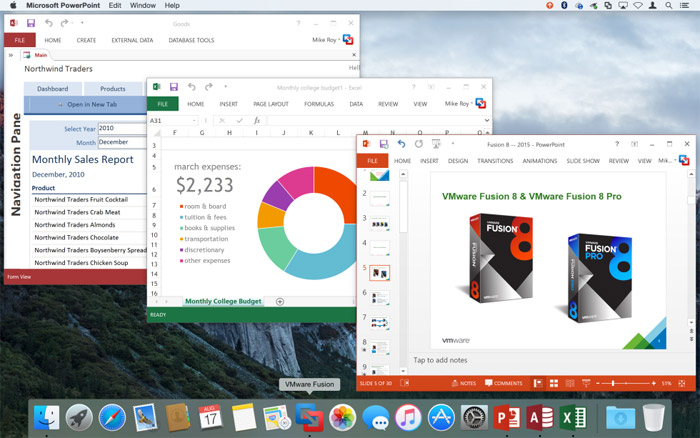
- #Vmware fusion 9 serial number
- #Vmware fusion 9 update
- #Vmware fusion 9 full
- #Vmware fusion 9 Bluetooth
I always do it while the VM is off however, which may be a factor. Searching within the VMWare community, I came to realize Fusion is picky about the host operating system it runs on, as well as, at times, the networking equipment being used.I've not run into this myself, I flip between bridged and NAT mode often. The UI switch works, but the functionality isn't there. Menlo wrote:It turns out that VMWare Fusion has a problem with getting BACK into Bridge Mode if you flip out of it.
#Vmware fusion 9 full
I usually full screen VMware and run it on a second monitor. You can save yourself some time not having to do a conversion if you need to move a VM between Fusion and ESX.Ĭoherence in Parallels, Unity in VMware. VMware Fusion and Parallels workstation are comparable feature wise. You use VMware for your virtual environment, so go with VMware. I think you just answered your own question right there. I currently use VMware for our virtual environment so I have some familiarity in that sense. The VM can be a large as 80GB without a lot of stuff installed on the Windows side. But be sure to allow enough RAM (at least 8GB on the Mac) hard drive space - 256GB SSD is cutting it close, 512GB SSD if you like to store a lot of stuff on your system drive. So my suggestion is - just buy Parallels. So within the community, people simply moved to Parallels and everything worked with bridging. Searching within the VMWare community, I came to realize Fusion is picky about the host operating system it runs on, as well as, at times, the networking equipment being used.

It turns out that VMWare Fusion has a problem with getting BACK into Bridge Mode if you flip out of it. This would allow me to run peer-to-peer drive mapping internally.
#Vmware fusion 9 update
None.īefore knowing about the recent automatic update feature of Parallels, I installed VMWare Fusion on a few machines in a mixed environment, and had to flip to bridge mode. The amazing things about VMWare fusion is I ahve seen it never upgraded while machines have been upgraded from OSX 10.4 up to 10.8 and never required one update from VMWare. When installing Parallels, you will get a prompt to allow Parallels to update itself. Never lost the VM, just couldn't acces it until I ran through complete updates on both the system AND the Parallels environment. I found previous installations of Parallels to go well, but system updates have broken the Parallels environment and required a parallels update as well.
#Vmware fusion 9 serial number
One of the main features of VMWare Fusion is the one called Easy Install that will allow you to install any Operating System without having to keep an eye on the installation, just provide name, pass and serial number and VMWare Install will do the rest.I have installed and used both.
#Vmware fusion 9 Bluetooth
It can take screenshots, resume applications, deal with USB, DVD units, bluetooth adapters. The hosted Operating System will work as usual.

VMWare Fusion can be used to install the other OS in a new partition or in a disc image. The only problem is that they will share the resources, so you'll have to be careful with RAM if you don't want to have problems.

The hosted OS can be run at any moment as if it were a common program, without having to restart the computer. That means that you can run Windows on Mac or Linux. What? Yes, virtualizing an Operating System is to run them on other OS. If you need to install Windows, Linux or any other Operating System in your computer, one of the best choices is to virtualize them.


 0 kommentar(er)
0 kommentar(er)
